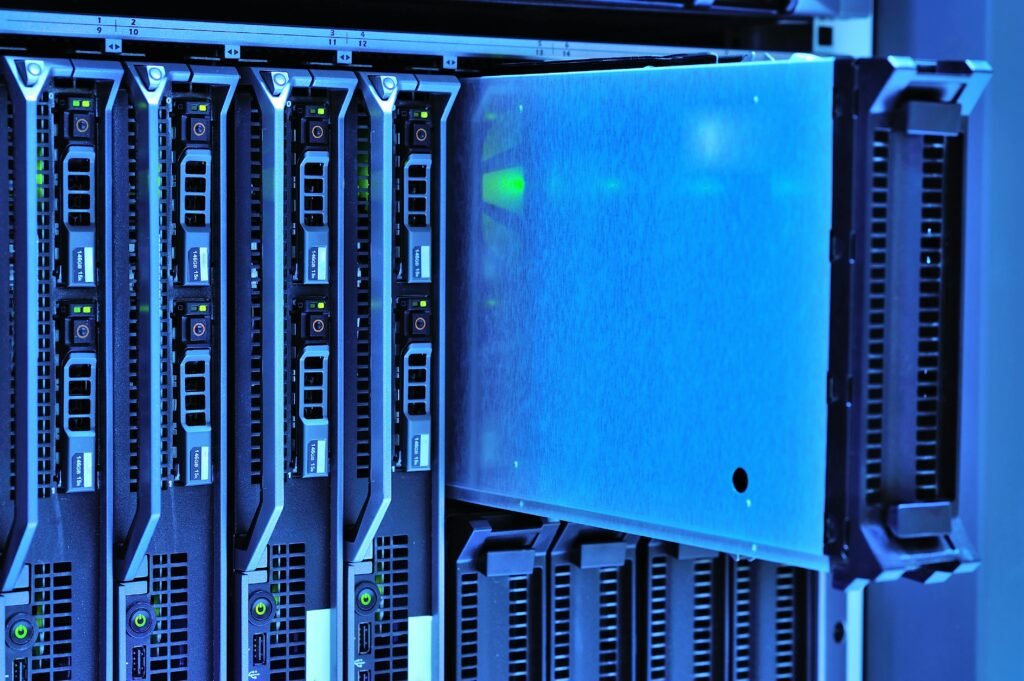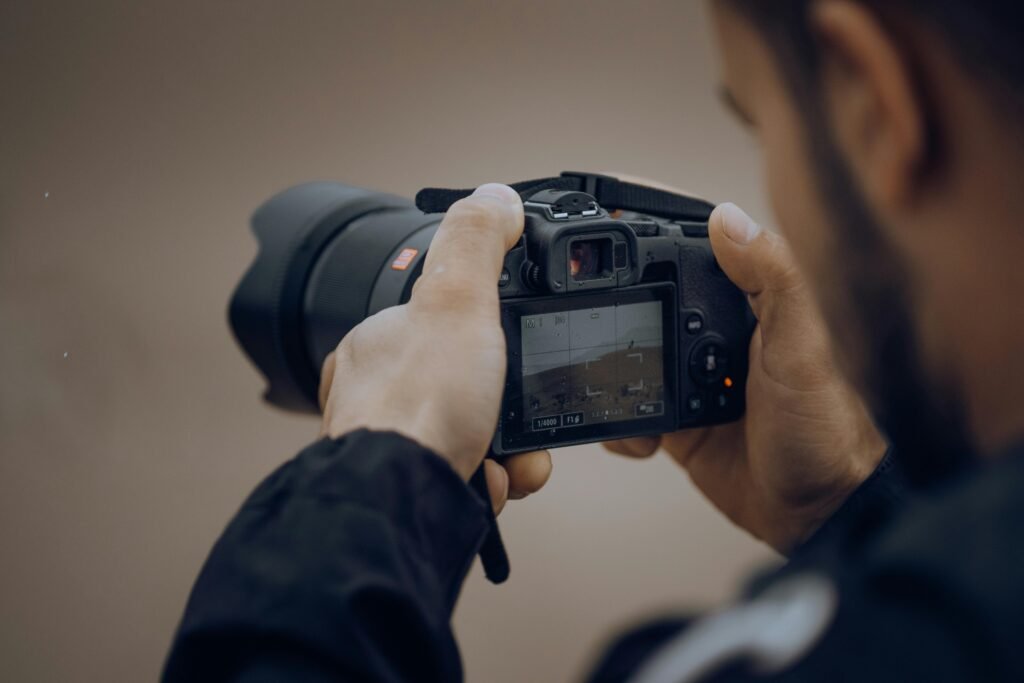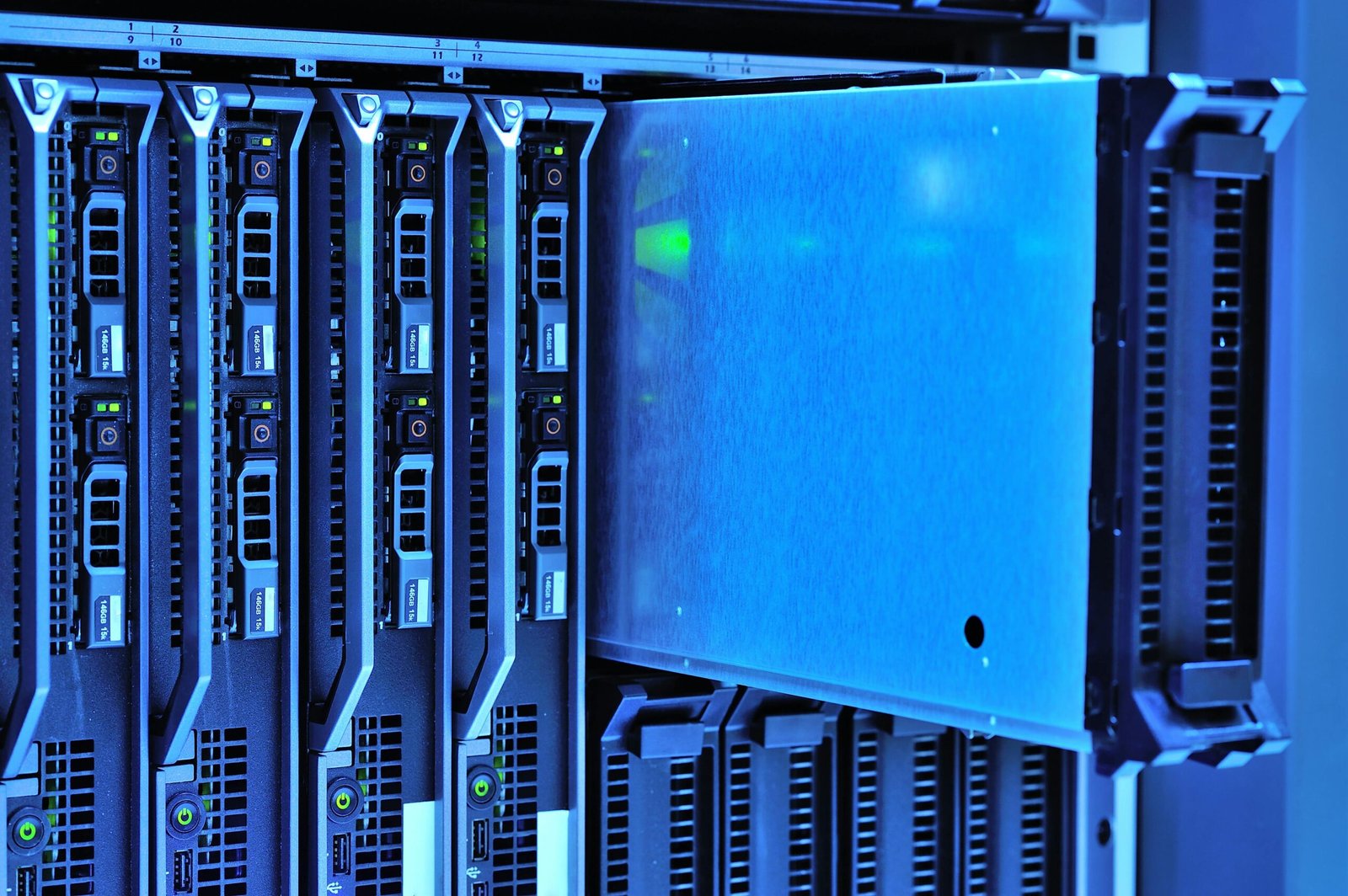In this article, you will discover the best practices for taking care of your keyboard and touchpad, ensuring their longevity and performance. We all rely on these essential tools every day, whether we use them for work, school, or leisure. From simple tips on cleaning and maintenance to avoiding common pitfalls, you’ll find helpful advice to keep your keyboard and touchpad in optimal condition. By following these guidelines, you can prevent unnecessary damage and enjoy seamless typing and navigation experiences for years to come.
Cleaning Your Keyboard and Touchpad
Using a Soft Cloth
Keeping your keyboard and touchpad clean is essential for their optimal performance and longevity. One of the easiest ways to clean these components is by using a soft cloth. Make sure the cloth is free from any abrasive materials that could damage the keys or touchpad. Gently wipe the surface of the keyboard and touchpad in a back-and-forth motion, removing any dust or debris that may have accumulated.
Using a Cleaning Solution
For more stubborn stains or residue, you may need to use a cleaning solution. However, it is important to choose a solution that is safe for your particular keyboard and touchpad. Before applying any cleaning solution, it is recommended to check the manufacturer’s instructions or website for specific cleaning recommendations. Apply a small amount of the cleaning solution to a cloth and then gently wipe the surface of the keyboard and touchpad.
Avoiding Liquid Spills
Liquid spills can cause irreversible damage to your keyboard and touchpad. To avoid any accidents, it is crucial to keep liquids away from your computer workstation. If you do need to have a beverage nearby while using your keyboard, make sure it is in a spill-proof container. Additionally, it is important to immediately clean up any spills that may occur, using a soft cloth and cleaning solution if necessary.
Protective Keyboard Covers
Benefits of Keyboard Covers
Keyboard covers can be a great investment for protecting your keyboard from dust, spills, and scratches. They provide a physical barrier between your fingers and the keys, preventing oil or debris from accumulating on the surface. Keyboard covers can also help reduce the amount of noise produced while typing, making for a more pleasant and peaceful working environment.
Types of Keyboard Covers
There are various types of keyboard covers available in the market, each catering to different needs and preferences. Silicone covers are popular due to their flexibility and ease of cleaning. They provide a snug fit over the keys, protecting them from dirt and spills. Another option is a plastic or vinyl cover, which provides a more rigid barrier against dust and debris. Whichever type you choose, make sure it is compatible with your specific keyboard model.
Installing and Using Keyboard Covers
Installing a keyboard cover is a simple process that typically involves placing it over the keyboard and ensuring a proper fit. The cover should snugly fit over the keys without obstructing your typing. Once installed, you can use your keyboard as usual, enjoying the added protection provided by the cover. However, it is important to clean the cover regularly to prevent the buildup of dirt or bacteria. Follow the manufacturer’s instructions for cleaning and maintenance.

This image is property of images.pexels.com.
Proper Typing Technique
Maintaining a Neutral Wrist Position
Proper typing technique is important not only for speed and accuracy but also for minimizing the risk of developing repetitive strain injuries. When typing, it is crucial to maintain a neutral wrist position. This means keeping your wrists straight and level with the keyboard, neither flexed upward nor bent downward. Using a wrist rest can provide additional support and help keep your wrists in the correct position.
Using Proper Finger Placement
Using the correct finger placement while typing can greatly improve your efficiency and accuracy. The home row position, where your fingers rest on the middle row of keys (ASDF for the left hand and JKL; for the right hand), is essential for quick and accurate typing. Practice consistently using the correct finger for each key to strengthen muscle memory and improve your typing speed.
Avoiding Excessive Force
Typing with excessive force not only increases the risk of injuries but can also put unnecessary strain on your keyboard. Instead, focus on using a light touch when pressing the keys. The keys are designed to register input with minimal force, so there is no need to exert excessive pressure. Consistently typing with a light touch can help prolong the lifespan of your keyboard and reduce the risk of damage.
Regular Maintenance
Removing Dust and Debris
Dust and debris can accumulate between the keys of your keyboard, affecting its performance and cleanliness. Regularly removing this dust is important to maintain optimal functionality. One effective method is to use compressed air to blow out the debris. Hold the can of compressed air upright and use short bursts to prevent any liquid from being released. Ensure that you are in a well-ventilated area when using compressed air.
Cleaning Between Keys
In addition to removing dust and debris, cleaning between the keys is also crucial for maintaining a clean and hygienic keyboard. You can use a soft brush, such as a clean makeup brush or a small paintbrush, to gently sweep away any dirt or debris that has accumulated between the keys. For more stubborn stains or residue, using a cleaning solution and a cloth can help remove them.
Inspecting and Replacing Worn-out Keys
Over time, certain keys on your keyboard may become worn out or lose their functionality. Regularly inspecting your keys can help identify any issues before they become major problems. If you notice any keys that are sticking, wobbling, or not registering input properly, it may be time to replace them. Replacement keys can often be purchased online or from computer accessory stores.

This image is property of images.pexels.com.
Avoiding Food and Drinks
Eating and Drinking Away from Keyboard
While it may be tempting to enjoy a meal or snack while working, it is best to keep food and drinks away from your keyboard and touchpad. Crumbs, food particles, and liquid spills can easily find their way into the keys and underneath the touchpad, causing damage and impairing functionality. To avoid any accidents, designate a separate area for eating and drinking, away from your computer workspace.
Using External Trays or Desks
If you find yourself needing to eat or drink while using your computer, consider using external trays or desks specifically designed for this purpose. These accessories provide a stable and secure platform for your food and beverages, making it less likely for spills or crumbs to reach your keyboard and touchpad. They can be easily cleaned and are an effective way to protect your valuable equipment.
Protecting Against Accidental Spills
Accidental spills are a common cause of keyboard and touchpad damage. To protect against these mishaps, it is important to be mindful of your surroundings and take precautions. When using liquid containers near your computer, ensure that they are properly sealed and positioned away from the keyboard. It is always better to be safe than sorry, so remain cautious and attentive to prevent any accidental spills.
Proper Storage
Closing the Laptop Lid
If you are using a laptop with an integrated keyboard and touchpad, closing the lid properly is crucial for its protection. Before closing the lid, ensure that the keyboard and touchpad are free from any debris or obstructions. Close the lid gently, avoiding any excessive force that could potentially damage the components. This simple step can help prevent damage and scratches to your keyboard and touchpad.
Using a Laptop Bag or Case
When transporting or storing your laptop, it is essential to use a laptop bag or case specifically designed to provide protection for your device. These bags and cases often have padded compartments that shield your laptop from impacts and shocks. Additionally, they can help prevent dust and debris from accumulating on the keyboard and touchpad. Invest in a high-quality laptop bag or case to ensure maximum protection.
Avoiding Pressure and Impact
Whether you are storing your keyboard separately or using a laptop, it is important to avoid applying unnecessary pressure or subjecting it to impacts. Do not stack heavy objects on top of your keyboard or touchpad, as this can cause damage to the keys or touchpad surface. Similarly, avoid dropping or mishandling your laptop, as the impact can potentially dent or break the keyboard and touchpad.

This image is property of images.pexels.com.
Protecting Against Dust and Dirt
Using Compressed Air
Dust and dirt can affect the performance and longevity of your keyboard and touchpad. Regularly using compressed air to blow out the dust and debris is an effective way to keep them clean. Hold the can of compressed air upright and use short bursts to avoid any liquid from being released. Remember to perform the cleaning in a well-ventilated area to avoid inhaling the dust particles.
Keeping the Working Area Clean
Maintaining a clean working area can significantly reduce the amount of dust and dirt that accumulates on your keyboard and touchpad. Regularly dust off your desk or workspace to prevent any debris from settling on the keys or touchpad. Using a microfiber cloth or a slightly damp cloth can help remove any smudges or stains that may be present.
Avoiding Dust-prone Environments
Minimizing exposure to dusty or dirty environments can help protect your keyboard and touchpad. If possible, place your computer workstation in a clean and well-ventilated area. Avoid using your keyboard and touchpad in places where there is excessive dust, such as construction sites or dusty workshops. Taking these precautions can significantly reduce the amount of dust that accumulates on your keyboard and touchpad.
Avoiding Excessive Heat
Using Laptop Cooling Pads
Overheating can have a detrimental effect on your keyboard and touchpad, as well as the overall performance of your laptop. Using a laptop cooling pad can help mitigate this issue by improving airflow and dissipating heat. These pads are designed to elevate your laptop and provide additional cooling through built-in fans. By keeping the temperature in check, you can prolong the lifespan of your keyboard and touchpad.
Avoiding Sunlight Exposure
Direct exposure to sunlight can cause overheating and damage to your keyboard and touchpad. Whenever possible, position your laptop away from direct sunlight or use blinds or curtains to block the rays. Excessive heat can degrade the performance of your keyboard and touchpad, so it is important to be mindful of their exposure to sunlight, especially during hot summer months.
Proper Ventilation
The ventilation system of your laptop plays a vital role in maintaining optimal operating temperature. Ensure that the vents are not obstructed by any objects or materials, as this can impede the airflow and lead to overheating. Using your laptop on a flat and stable surface, such as a desk or a laptop cooling pad, can help promote proper ventilation and keep your keyboard and touchpad at a safe temperature.
Being Mindful of Pets
Keeping Pets Away from Keyboard Area
Pets can sometimes be curious and may find the keyboard and touchpad intriguing. However, it is important to keep them away from these components to prevent any accidental damage. Train your pets to avoid jumping or walking on your workspace, and use deterrents, such as a pet gate or a closed door, if necessary. By ensuring a pet-free environment, you can protect your keyboard and touchpad from scratches, spills, or other mishaps.
Using Pet-friendly Accessories
If you frequently work around your pets, consider using pet-friendly accessories to minimize the risk of damage to your keyboard and touchpad. For example, there are keyboard covers and touchpad protectors available that are specifically designed to be pet-resistant. These accessories are made with durable materials that can withstand scratching and provide an extra layer of protection.
Protecting Against Fur and Hair
Pets shed fur and hair, and it can easily find its way into your keyboard and touchpad, affecting their performance and cleanliness. Use a lint roller or a pet hair removal brush regularly to remove any loose fur or hair from your workspace. Additionally, consider covering your keyboard and touchpad with a protective cover when not in use to prevent fur and hair from getting inside.
Professional Help and Repairs
Seeking Assistance from Technicians
If you encounter any serious issues with your keyboard or touchpad that you are unable to resolve on your own, it is advisable to seek assistance from a professional technician. They have the expertise and knowledge to diagnose and repair a wide range of keyboard and touchpad problems. Whether it is a mechanical issue or a software-related problem, a technician can provide the necessary guidance and solutions.
Repairing or Replacing Damaged Keys
If you have damaged keys on your keyboard, you may be able to repair or replace them yourself. Many keyboards allow for individual key removal, making it possible to clean or replace a single key without replacing the entire keyboard. However, it is important to exercise caution and refer to the manufacturer’s instructions when attempting DIY repairs. If you are unsure or uncomfortable with the process, it is best to consult a professional.
Replacing Touchpad or Keyboard if Necessary
In some cases, the damage to your touchpad or keyboard may be beyond repair. If this is the case, you may need to replace these components entirely. Consult your laptop manufacturer’s website or customer support for replacement options. When replacing the touchpad or keyboard, ensure that you follow the proper procedure and take precautions to prevent any further damage during the replacement process.
Taking care of your keyboard and touchpad is essential for their longevity and optimal performance. By following these best practices, you can ensure that your keyboard and touchpad remain in excellent condition, providing you with a smooth and comfortable typing experience. Remember to clean them regularly, use protective covers, practice proper typing technique, and avoid any potential hazards such as food and drinks. With proper maintenance and care, your keyboard and touchpad will serve you well for years to come.
